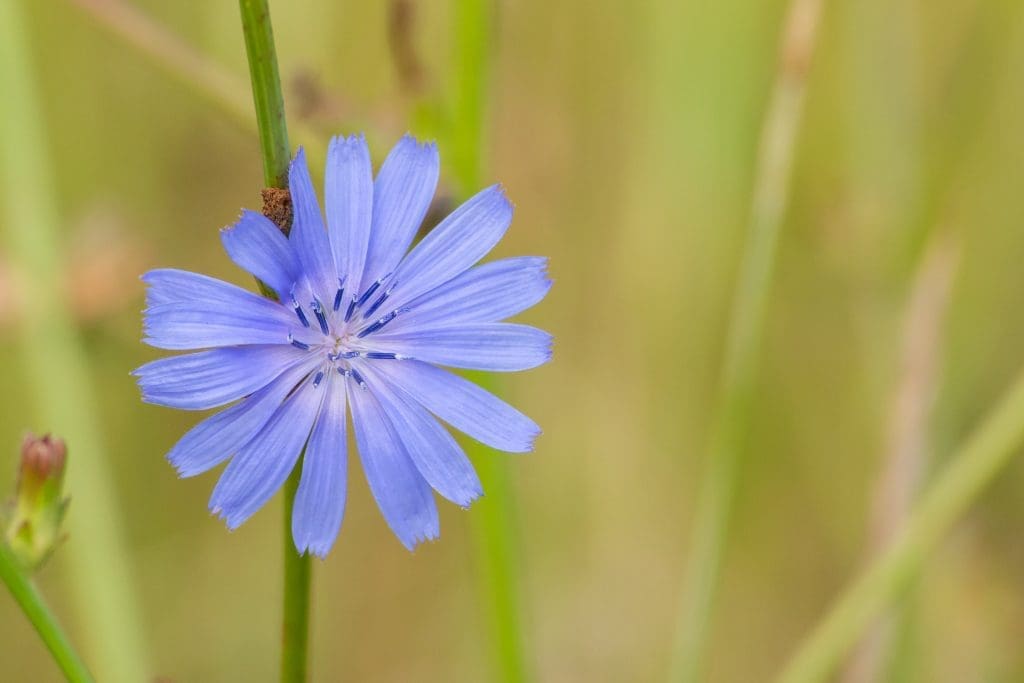Wildflowers are far more difficult to photograph than the flowers you find in gardens and parks. They grow in remote places and require you to adventure by foot, carrying your gear with you. Wildflowers are also smaller and have a shorter blossoming season than other flowers. You need to know how to take good photographs in natural light conditions, check the forecast before planning a trip, and work with natural scenes. However, photographing wildflowers is very rewarding as well. They have a special grace and strength and an aura of freedom. Wildflowers are brave and proud. To ensure your commitment to nature and wildflowers reaches the public, consider the following before pressing the shutter release button.
Place the camera to the wildflower’s level
Treat wildflowers like you would treat a person. They’re the main character of your visual story. If you photograph them from above, you’ll make them look smaller, less impressive, and fearful. Use a tripod able to get to the ground level as many wildflowers are very short. Or simply put the camera on the ground. To photograph wildflowers you’ll often have to take photos while kneeling or lying on the ground. But that’s how you get the best angles and make the flower the star of your composition.
Choose lenses with large apertures
A large aperture has a couple of benefits that help you create more interesting compositions. With a large aperture, you have a shallow depth of field, which means you can blur a busy background and make the flower stand out in the frame. Also, a large aperture allows more light to enter the camera and helps you freeze movement by using fast shutter speeds. This is particularly useful for macro and close-up photography where due to magnification you don’t have much light.
Be creative with composition
Many photographers wrongly believe that wildflowers should be photographed only from a small distance. As a result, all their photos look the same: a beautiful flower in the center of the frame. That’s not ideal if you’re building a portfolio with wildflowers photos. Be creative and use unusual angles and perspectives that flatter the flower but also deliver artful compositions.
For example, you don’t have to have the entire flower in the frame. You can focus on a particular feature. Or you may find flowers that look better in groups and reveals their pattern. Or you may use the color contrast between the flower and its surroundings and take environmental shots. Keep in mind that rules of composition apply the same whether you take a close-up photo or an environmental shot.
Don’t be afraid to use flash
Taking pictures outdoors doesn’t mean you can’t use flash. Just like you would do for a portrait, you can illuminate a wildflower to flatter its features. To soften the harsh light of the flash, reduce its power and use a diffuser. A diffuser is a white box placed on the head of the flash. You can buy it from a photo store or make it yourself from white paper or plastic. Even a white tissue works. You can also use white cardboard as a reflector to reflect the light on the parts of the flower that are in the shadow. However, make sure that all this equipment doesn’t harm the plants around your subject. Remember that you’re there to reveal the beauty of nature and not to destroy it.
Photo by Elle Hughes from Pexels
Wildflowers are an interesting subject not only because they’re hard to find and have spectacular shapes and colors. We love them because they are a mix of fragility and strength. They teach us to live with courage and overcome the elements. Behind a delicate wildflower is a powerful message. Your role is to capture its essence and share it with the world.
Cover photo by Jeff Kingma on Unsplash

